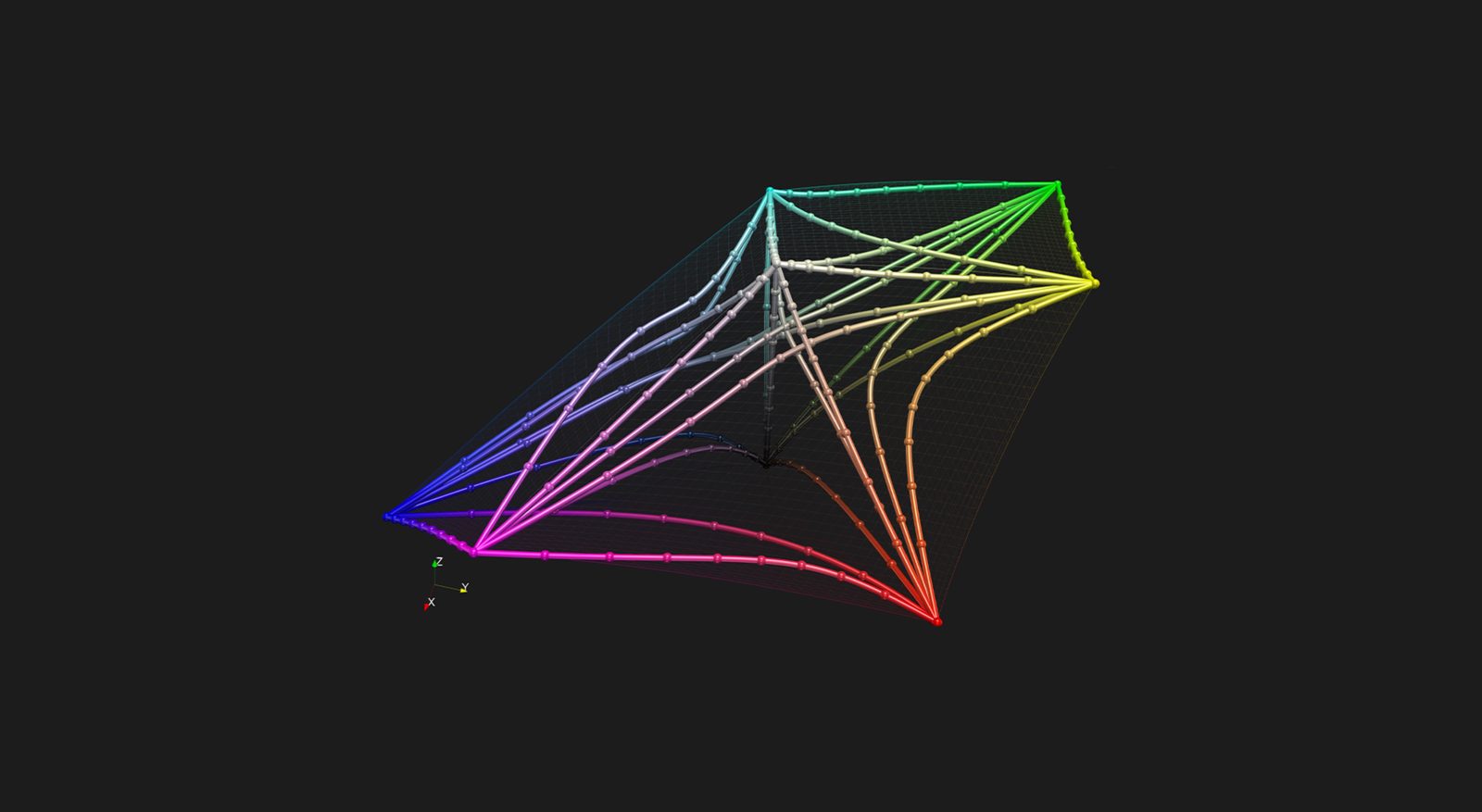The scientific community generally agrees on the theory, introduced by Riemann and furthered by Helmholtz and Schrödinger, that perceived color space is not Euclidean but rather, a three-dimensional Riemannian space. A 2022 research corrects an important error in the 3D mathematical model that has been used by scientists and businesses for more than 100 years to describe how your eye recognizes one hue from another.
Modeling human color perception enables the automation of image processing, computer graphics, and visualization tasks. Hence, the study may enhance TVs, calibrate the textile and paint industries, and improve scientific data visualizations.
“Our original idea was to develop algorithms to automatically improve color maps for data visualization, to make them easier to understand and interpret”
Roxana Bujak
A detailed mathematical model of the perceived color space is required to develop industry standards. Early attempts made use of the conventional geometry taught in many high schools, Euclidean spaces; more sophisticated models made use of Riemannian geometry. Red, Green, and Blue are represented by the models in 3D space. The colors that combine to form all the images on your RGB computer screen are those that are most strongly detected by the light-detecting cones in our retinas.
Bujack and her coworkers’ study, which combines psychology, biology, and mathematics, found that utilizing Riemannian geometry overestimates the perception of significant color changes. This is due to the fact that people believe a large color difference to be smaller than the total you would obtain if you summed up little color differences that lie between two colours that are closely spaced.
Riemannian geometry is unable to explain this result.
“We didn’t expect this, and we don’t know the exact geometry of this new color space yet,” Bujack said. “We might be able to think of it normally but with an added dampening or weighing function that pulls long distances in, making them shorter. But we can’t prove it yet.”
A paradigm change is necessary to address the presumed structure of color space. This has implications for color measurements now employed in paint and textile manufacturing, color mapping, picture and video processing, and image analysis.
The non-Riemannian nature of perceptual color space, Roxana Bujak, Emily Teti, Jonah Miller, and Terece L. Turton
Published: April, 2022
DOI: 10.1073/pnas.2119753119


